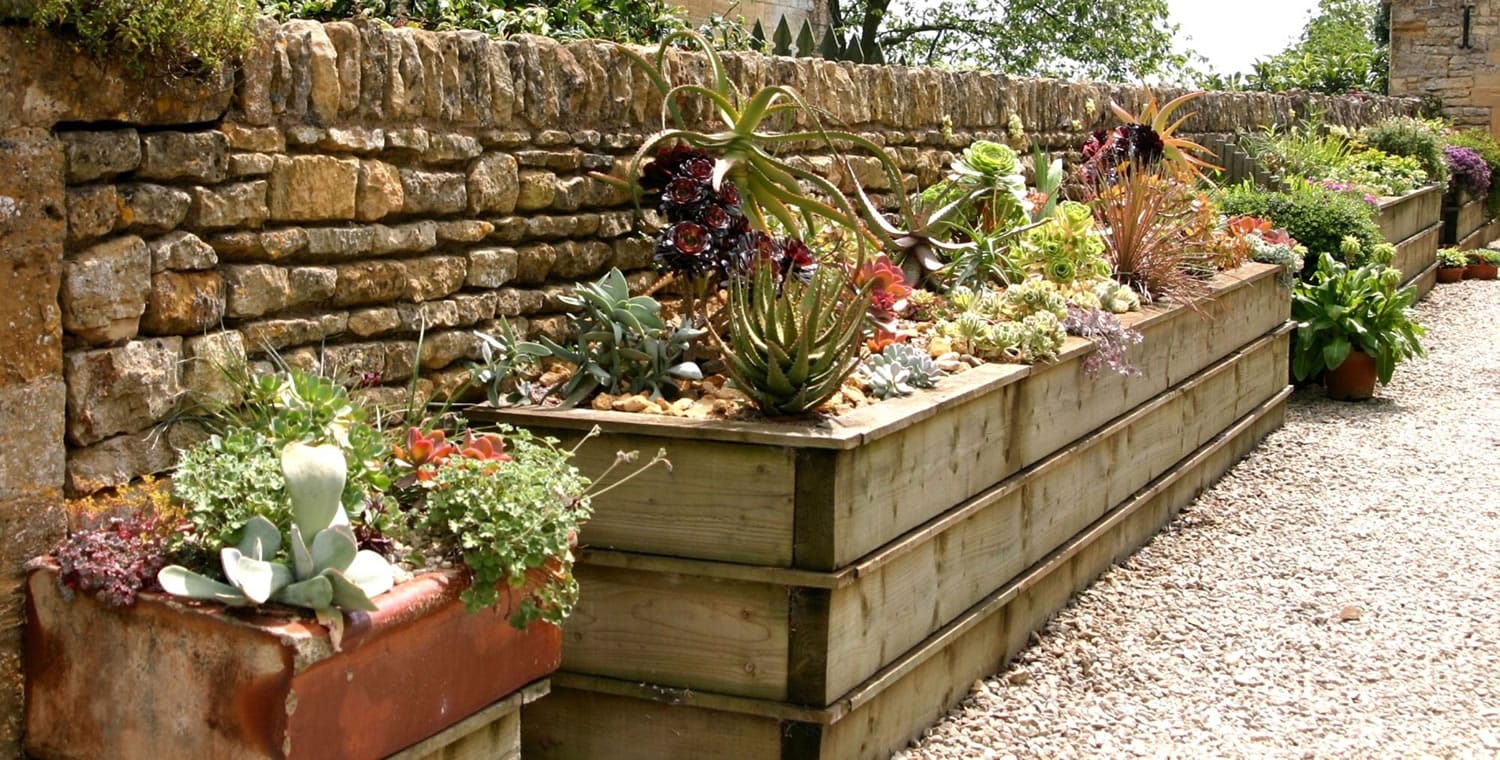Strawberries, Fragaria ananassa, adapt better than any other small fruit crop to Washington climates. If you want to start growing garden fruits, start with strawberries. The strawberry is considered an herbaceous perennial. It sends up new shoots, leaves, and runners each year from a crown and root structure that generally lives for four to five years.
My nearest neighbor, John, has an ingenious method of training his strawberries to self-propagate from year to year. Since the fruit production of individual strawberry plants declines after two or three years, they need to be replaced by new plants on a regular basis. John encourages this by guiding the last strawberry shoots of this season in the direction of an adjacent raised bed that is prepared ahead of time for planting.
New plants begin to grow as soon as the runners touch the soil and take root in the new planting bed. When a crop of fresh strawberries arrives next year, the fruit will be growing on newly formed plants in fresh soil, already mulched and fertilized. As the new bed fills in, John eliminates the old plants from the original bed. When the newer plants have matured and run their course of fruit production, he will once again guide the runners from this patch back into the original bed.
Apply enough fertilizer to established beds to stimulate late summer plant growth and flower bud initiation for the following season’s crop. Continue to water strawberry plants after harvest in preparation for next year’s crop. Protect plants from slugs, which feed on leaves and fruit, especially during cool, moist weather. Control slugs by picking and destroying adults. Do not apply slug bait to foliage or fruit



